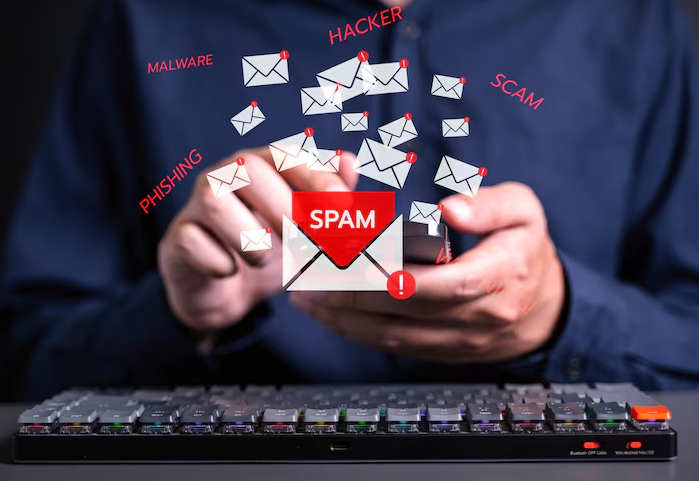Why Checking Emails Before Sending Matters
Email marketing and business communication rely on accurate email addresses. Sending emails to invalid or inactive addresses leads to high bounce rates, wasted resources, and a damaged sender reputation. An email checker helps businesses verify addresses before sending messages, improving deliverability and engagement.
Using an email checker prevents errors caused by typos, fake email addresses, or outdated contact lists. Whether you’re running cold outreach, email campaigns, or customer support, ensuring email accuracy enhances success rates and prevents unnecessary problems.
The Risks of Not Checking Emails
❌ Increased Bounce Rates
Undelivered emails hurt your reputation with email service providers (ESPs). Too many bounces lead to your emails landing in spam folders or being blocked entirely.
❌ Wasted Marketing Efforts
Each email sent to an invalid address is a wasted opportunity. If your email list isn’t verified, you’re likely targeting dead-end contacts.
❌ Higher Chances of Being Marked as Spam
Frequent bounces and poor engagement signal to ESPs that your emails are unwanted, increasing the chances of being flagged as spam.
How to Verify Emails Using an Email Checker
1. Single Email Lookup
If you need to verify one email, use an online email checker to confirm its validity. These tools check if the domain exists, whether it has active mail servers, and whether it’s been flagged for spam. CRM development can also integrate email verification features to enhance data accuracy and communication efficiency.
2. Bulk Email Verification
Businesses working with large email lists should use bulk email verification. Uploading a list to an email checker allows for quick detection of invalid or disposable emails.
3. MX Record and SMTP Validation
MX records indicate whether an email domain can receive messages. Some email checker tools perform real-time SMTP validation, simulating an email send request to verify if the address is active.
4. Spam Trap Detection
Spam traps are email addresses set up to catch spammers. Sending emails to these addresses damages your reputation. Advanced email checkers identify and remove them from your lists.
Common Myths About Email Checking
❌ Myth: If an email address exists, it’s safe to use
✔ Reality: Some email addresses exist but are inactive or set up as spam traps. Always check beyond existence.
❌ Myth: Free email domains don’t need verification
✔ Reality: Gmail, Yahoo, and Outlook addresses can still be invalid, mistyped, or disabled.
❌ Myth: Verifying once is enough
✔ Reality: Email addresses change. Regular validation is necessary to maintain accuracy.
Best Practices for Using an Email Checker
✔ Validate every email before sending to reduce bounce rates.
✔ Use double opt-in for signups to confirm email legitimacy.
✔ Monitor bounce rates and clean up your list regularly.
✔ Remove temporary and disposable email addresses.
✔ Check domain reputation to avoid spam-related issues.
Final Thoughts
Using an email checker ensures your emails reach the right inboxes, improving deliverability, engagement, and sender reputation. Regular validation helps businesses and UCaaS services save money, avoid spam traps, and maximize email marketing ROI.










 /home/u448362301/domains/theexpotab.com/public_html/wp-content/themes/foxiz/templates/popup.php on line 167
/home/u448362301/domains/theexpotab.com/public_html/wp-content/themes/foxiz/templates/popup.php on line 167